Ritucharya (ऋतुचर्या) – Ayurveda Recommended Seasonal Habits – Part 1

Introduction
It is said in Ayurveda: शीर्यते अनेन इति शरीरं (Chakrapani commentary on च.सं.सू. 1) – that which deteriorates or that which is always in a state of change towards degeneration is called as शरीरं (human body).
Our ancestors were aware of astronomy; they keenly observed the changes in seasons with respect to sun, moon, stars, winds, and rainfall.
यत् पिण्डे, तत् ब्रह्माण्डे ।
yat piṇḍe, tat brahmāṇḍe
Whatever there is in the environment is also there in the human body
The concept of “यत् पिण्डे, तत् ब्रह्माण्डे” (whatever there is in the environment is also there is the human body) was applied, which led to appreciating changes in the human body according to seasons and regimens were made accordingly.
Seasonal regimens main aim was to prevent diseases due to seasonal derangement of doshas. Hence Rutucharya is one of the ways to be in sync with ever-changing nature and being healthy all at the same time.
And that’s exactly what we are going to explore in this article, so grab your note-taking tools and let’s start!
The Basics of Ritucharya
What is a Ritu (ऋतु)?
ऋतु means द्वौ मासौ (dvau māsau) or two months.
How many Ritus we have and which are they?
Since 2 months make one Ritu, we have 6 Ritus, unlike western seasons which are 4 i.e. Winter, Spring, Summer and Autumn.
So the 6 Ritus are –
शिशिर (śiśira) – Late winter
वसन्त (vasanta) – Spring
ग्रीष्म (grīṣma) – Summer
वर्षा (varṣā) – Rains
शरद् (śarad) – Autumn
हेमन्त (hemanta) – Early winter
The first three Ritus are together called as आदान काल ādāna kāla (उत्तरायण uttarāyaṇa – tilt of northern hemisphere of earth away from the sun) and next three together called as विसर्ग काल visarga kāla (दक्षिणायन dakṣiṇāyaṇa – tilt of southern hemisphere of earth away from the sun).
There is a gradual decrease of बलं balaṃ (physical strength or immunity due to the seasonal effect) during उत्तरायण uttarāyaṇa and gradual increase of बलं balaṃ during दक्षिणायन dakṣiṇāyaṇa.
What is चर्या (caryā)?
नियम-अपरित्याग: (शब्दकल्पद्रुम) – not giving up certain rules or following certain आहार (food habits) and विहार (physical activities).
नियम-अपरित्याग: (शब्दकल्पद्रुम)
niyama aparityāga: (śabdakalpadruma)
Not giving up on certain rules or following certain habit
What is RituCharya ऋतुचर्या?
Here is the definition of Ritucharya as given in Ashtanga Hridaya Sutram –
ऋतुविशेषवशाच्च आहारविहारसेवानप्रतिपादनार्थं ऋतुचर्याया: ।
ṛtuviśeṣavaṣācca āhāravihārasevānapratipādanārthaṃ ṛtucaryāyā
There occur some special changes in environment and humans in every Ritu and hence
certain foods and exercises are specifically told for each Ritu, this process is as
Ritucharya ऋतुचर्या
Source – (अरुणदत्त (aruṇadatta) commentary on अष्टांग ह्रुदय
सूत्र ३/१ (aṣṭāṃga hrudaya sūtra 3.1)
Why RituCharya ऋतुचर्या is necessary?
There occur certain seasonal changes in the Dosha’s (software of our body- Vata, Pitta, Kapha) – read more about Doshas here –
There are mainly 3 changes –
1. चय (caya) – accumulation of deranged Doshas in its main site like Vata dosha in the intestine),
2. प्रकोप (prakopa) – accumulation of deranged Doshas in other main seats in the body like Vata Dosha in the low back region) and
3. प्रशम (raśama) Dosha’s coming back to normalcy after derangement
This derangement occurs in the following order in respective Ritus
| दोष (Dosha) | चय (Chaya) | प्रकोप (Prakopa) | प्रशम (Prasama) |
|---|---|---|---|
| Vata | Grisma (summer) | Varsha (rainy) | Sharat (autumn) |
| Pitta | Varsha (rainy) | Sharat (Autumn) | Hemanta (early winter) |
| Kapha | Shishira (winter) | Vasanta (spring) | Grishma (summer) |
If you are confused as to how you should read this table, worry
not, it is natural.
Here is one example – Vata accumulates in intestines during Grishma
Ritu (summer) and accumulates in lower back region in Varsha (rainy) season, and it finally
becomes normal in Sharat (autumn) season.
Hope this example helps you read the table
better.
What we discussed in this subsection is given in this Shloka –
चय-प्रकोप-प्रशम: वायो: ग्रीष्मादिषु त्रिषु ।
वर्षादिषु तु पित्तस्य श्लेष्मण:
शिशिरादिषु ।। – अष्टांग हृदय सूत्र
caya-prakopa-praśama: vāyoho grīṣmādiṣu triṣu ।
varṣādiṣu tu pittasya śleṣmaṇa:
śiśirādiṣu ।। – aṣṭāṃga hrudaya sūtra
When these Doshas get deranged, they cause diseases based on
the Srotus (organ system or channels in our body) that it affects to a particular
individual. For eg. bronchitis in winter, stomach infections in monsoon, etc in individuals
prone to these diseases. To bring back these deranged Doshas into normalcy, seasonal
regimens are to be followed.
Let’s look at the recommended habits and regimen for each Ritu –
Ritucharya for हेमन्त (hemanta) and शिशिर (śiśira)
हेमन्त (hemanta) (early winter, mid-November to
mid-January),
शिशिर (śiśira) (late winter, mid-January to
mid-march)

Environmental
changes: Dry and cold winds, intense
sunlight.
Bodily changes: Digestive fire is increased as cold weather blocks heat in the periphery of one’s body (vasoconstriction). Accumulation of deranged Kapha dosha begins, which leads to diseases like asthma, common cold, diabetes mellitus, Atherosclerosis, etc.
Ahara (Diet): Eating Sour, salty, heavy, unctuous, thick meals. Using more by-products of sugar cane, gram/wheat flour. Drinking milk and milk products, wine, rum, and hot water are recommended.
Vihara (lifestyle): Abhyanga (application of oil to the whole body), Utsadana (applying medicated powder of drugs to the body), oil to the scalp. Staying in warm and less windy places. Warm clothes are recommended.
To be avoided: too much of Spicy (black pepper, capsicum, etc), bitter (bitter gourd, Guduchi leaf, broccoli, etc.), astringent (cauliflower, potato, etc.) food is to be avoided or eaten less. Exposure to cold winds as well as consuming cold drinks and foods are to be avoided too. Avoid sleeping during day time.
Ritucharya for वसन्त (vasanta)
वसन्त (spring- mid-march to mid-may)

Environmental changes: increased intensity of sunlight than in Shishira Ritu.
Bodily changes: Deranged Kapha dosha accumulated in Shishira Ritu is liquefied in Vasanth Ritu leading to reduced digestive fire resulting in many diseases or aggravation of diseases that were there in winter. Moderate बल (strength) present in humans.
Ahara(diet): old यव (barley), गोधूम (wheat), rice, green gram, and lentil to be consumed. Food tasting predominantly Tikta (bitter), Katu (pungent) and Kashaya (astringent) which are light for digestion are to be consumed. Drinking liquids like honey mixed with water recommended.
Vihara (lifestyle):
Vamana therapy – medicated vomiting exercise
Udvartana – rubbing medicated dry powders over the body before bath)
Dhumapana – inhaling and exhaling smoke of specific medicines for a certain time according to the diseases, body type, etc.
Kavala Graha – filling the mouth with medicated oil, medicine decoction or hot water till mouth fills with saliva
Anjana (collyrium) – applying a medicated paste from inner edge to outer edge of the lower eyelid
Sexual intercourse – once every three day-one way to reduce deranged Kapha dosha
To be avoided: Eating sweet, sour, salty and oily food which is heavy for digestion and sleeping in the day time is to be avoided.

Bring Sanskrit home!
ReSanskrit merchandise starting at ₹ 199.
Browse
Collection!
Ritucharya for ग्रीष्म (Grishma)
ग्रीष्म (Summer- mid-May to mid-July)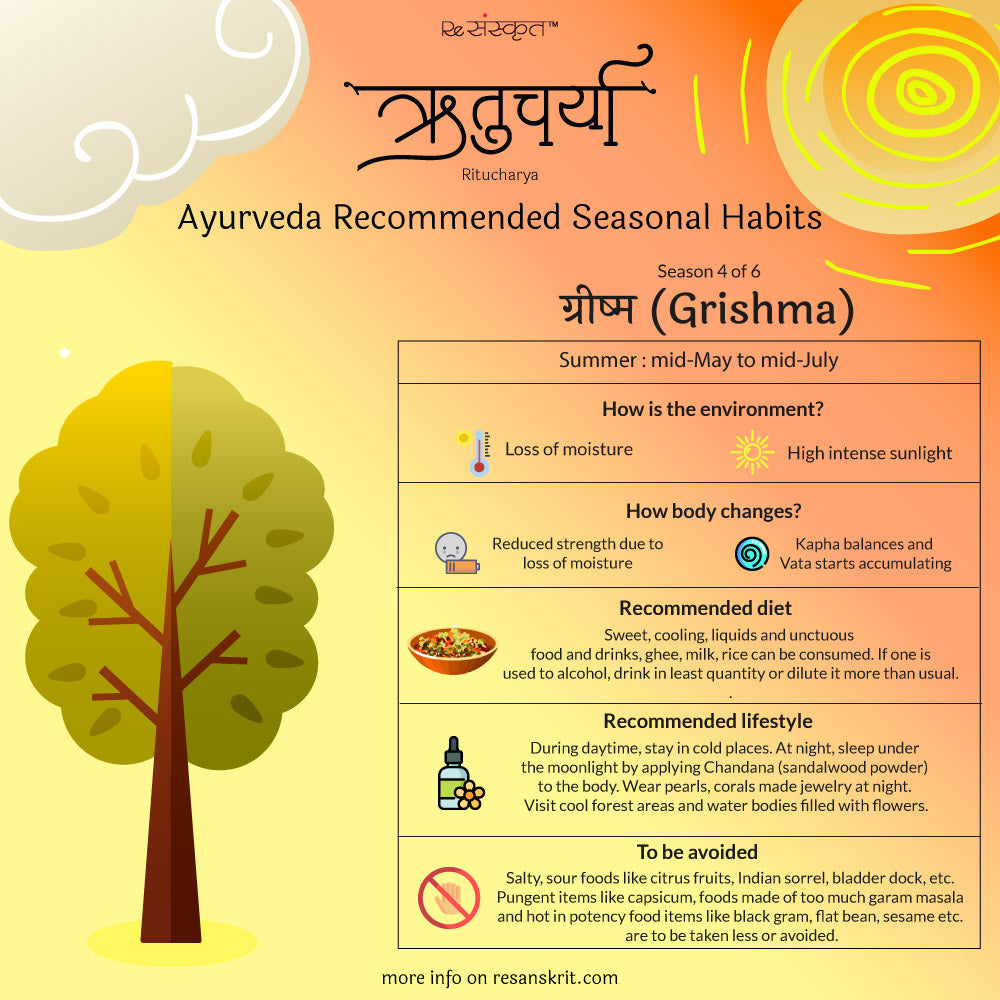
Environmental
changes: The
intensity
of मयूख (mayūkha,
Sunlight) is at
its peak.
Bodily changes: There is a maximum loss of सौम्य (saumya, moisture like constituents) in one’s body, leading to least बल (strength). Deranged Kapha dosha comes back to normalcy due to seasonal changes and Deranged Vata dosha starts accumulating in its main site.
Ahara(diet): स्वादु (sweet), शीतं (cooling), द्रवं (liquids) and स्निग्ध (unctuous) food and drinks, मन्थं (churned juice of sweet and sour fruits with water and sugar), ghee, milk, rice can be consumed.
Those who are habituated of drinking मद्य (fermented drinks-wine, rum, etc) should drink in the least quantity or with food or by diluting it with more water.
Vihara (lifestyle):
During day time, one should stay in cold places or home and at night, one should sleep under the moonlight by applying Chandana (sandalwood powder) to his/her body.
More cooling drugs like Chandana, Ushira (vitiveria zizanoides) are to be kept in water for touching frequently and cooling one’s body. Wearing pearls, corals made jewelry at night and visiting cool forest areas and water bodies filled with flowers is recommended.
To be avoided: लवण (salty), अम्ल (sour), कटू (pungent) and उष्ण (hot) food and drinks are to be taken less or avoided.
व्यायामं (exercise) is best avoided in this season, as there is the least strength in body.
There is loss of fluids in the form of sweat during the summer season, hence more liquids are preferred in the form of juices and more carbohydrate-rich foods like rice which provides quick energy is advised in this season.
It’s told in Ayurveda that the people and plants from dry regions have more strength and endurance against diseases than those in regions of more rainfall. Since animals of dry regions are stronger and light to digest, they are preferred in summer season as meat in Ayurveda.
In Ayurveda, pearls are said to have a cooling effect on the body if worn or taken internally after proper processing. As it is formed in the ocean, that is cool, its effect on one’s body is also cooling.
World Health Day
Also today is the World Health Day, here is a Shloka for the same.
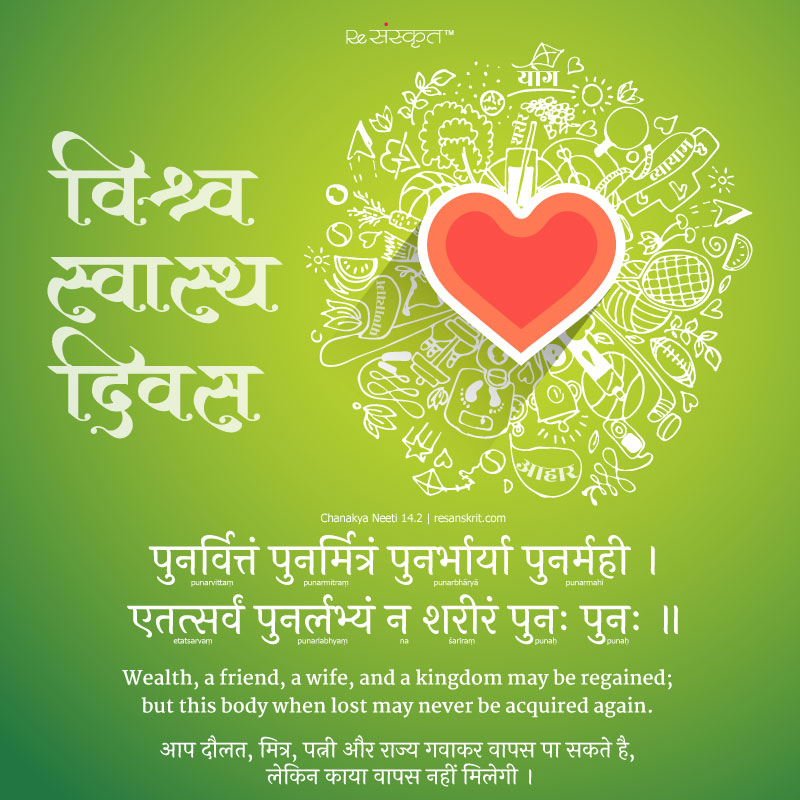
Conclusion
We hope you liked this article. You can read rest of the Ritus in Ritucharya Part 2.
Please let us know if we have missed out on something or if there is anything specific you’d like us to cover.

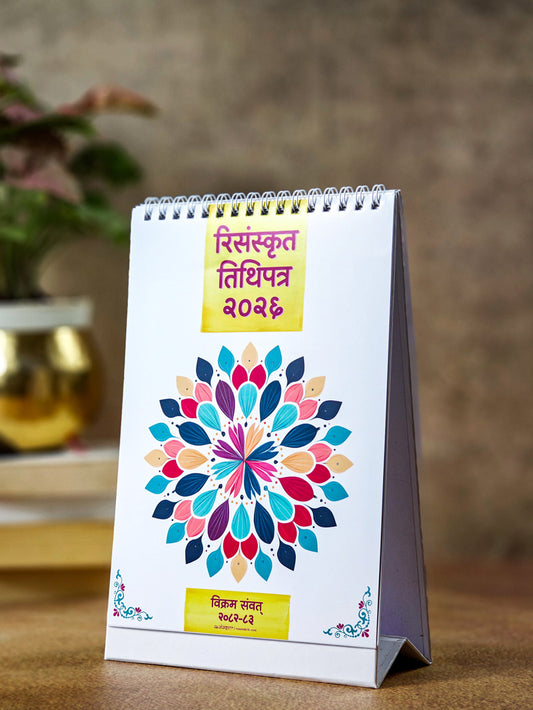

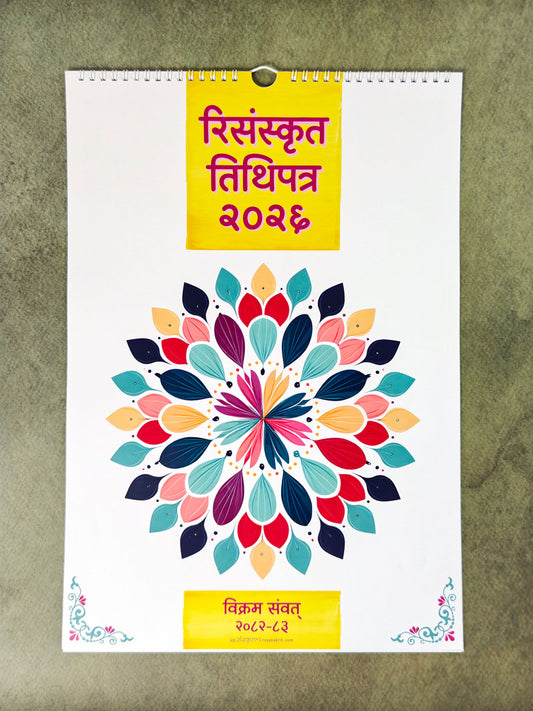

![[New Edition] ReSanskrit® 365 Days of Sanskrit Wisdom | Daily Sanskrit Quotes | With 100+ New Quotes, Hindi & English Translations🆕](http://resanskrit.com/cdn/shop/files/365-calendar-resanskrit-front-hero-shot_533x.jpg?v=1762351171)
![[New Edition] ReSanskrit® 365 Days of Sanskrit Wisdom | Daily Sanskrit Quotes | With 100+ New Quotes, Hindi & English Translations🆕](http://resanskrit.com/cdn/shop/files/365-calendar-resanskrit-quote-shot1_533x.jpg?v=1762351193)
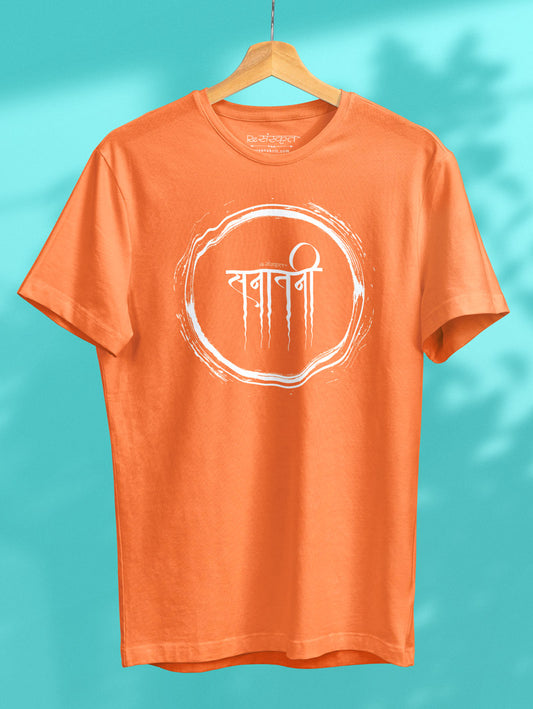

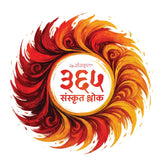
![[Part 2] Relevant Sanskrit Shlokas with Meaning in Hindi & English](http://resanskrit.com/cdn/shop/articles/Relevant-Sanskrit-Shlokas-Article-Cover-image-part-2_0ecbce1b-0dda-45b5-a144-5328ff25d002_165x.jpg?v=1766760106)

Leave a comment
Please note, comments need to be approved before they are published.